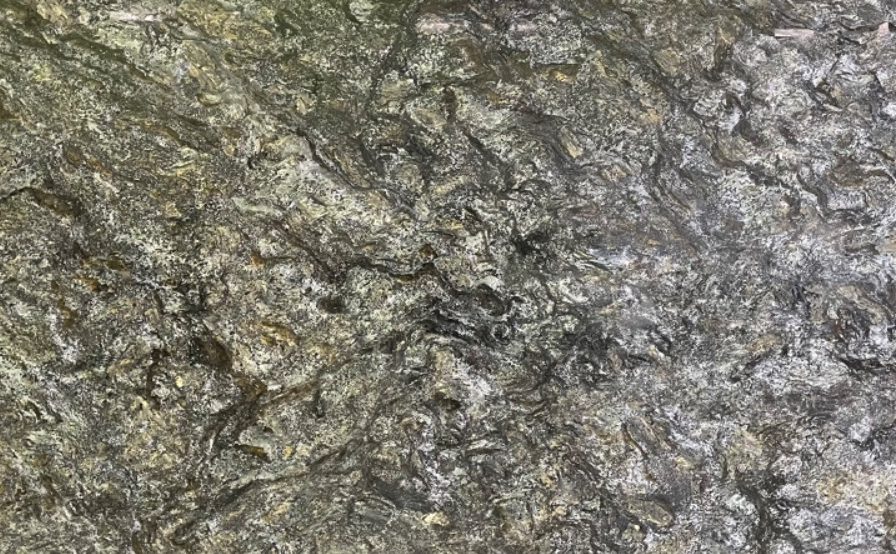April 28, 2024
Marble floor polishing is the process by which existing or new marble floors are ground down using diamond pad grinders to achieve a smooth and resilient finish. The number of passes with different grits of diamond pads determine the level of reflectivity. This is for the floors and would get them as close to ‘new’ as what would be possible.
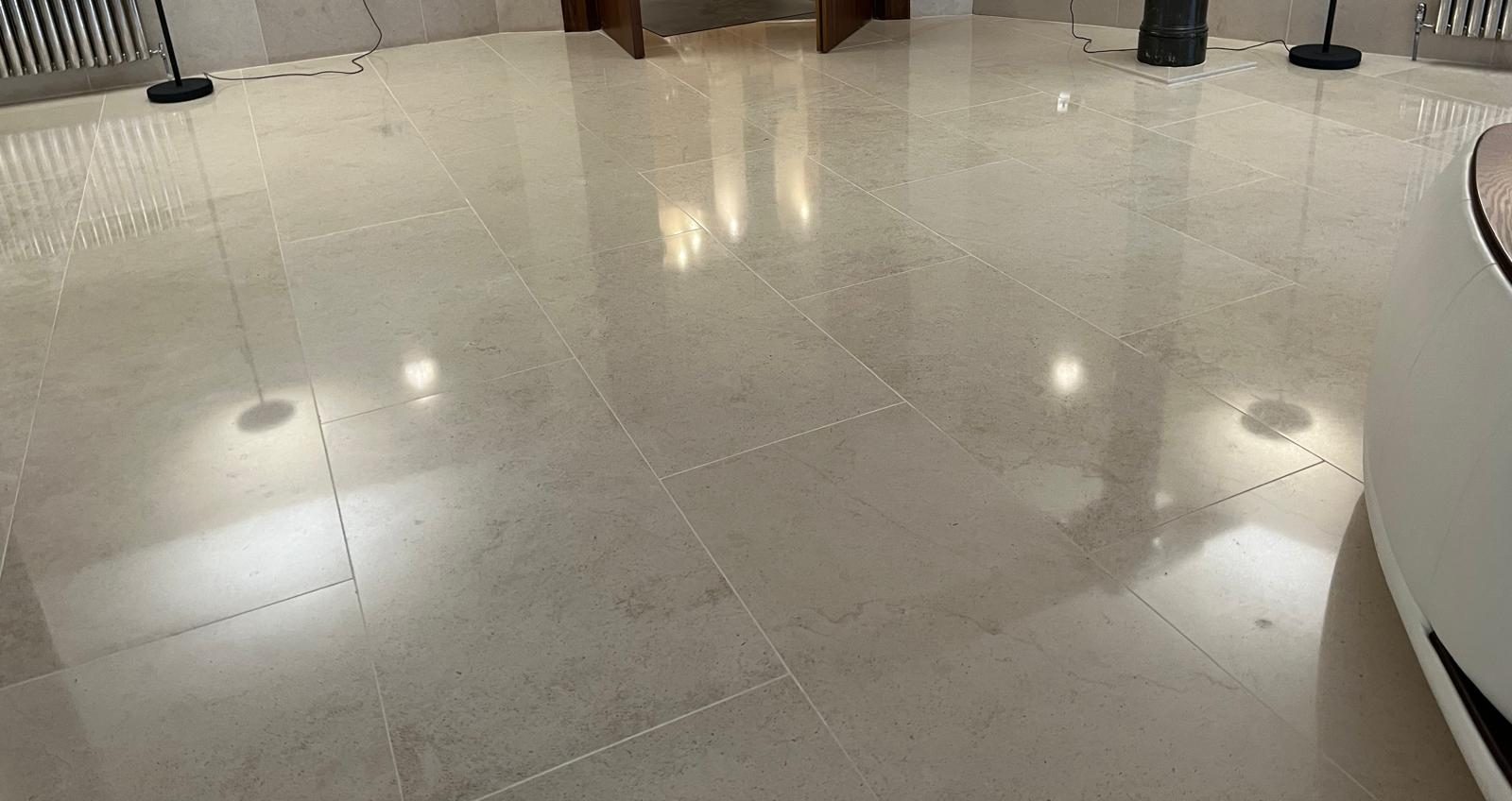
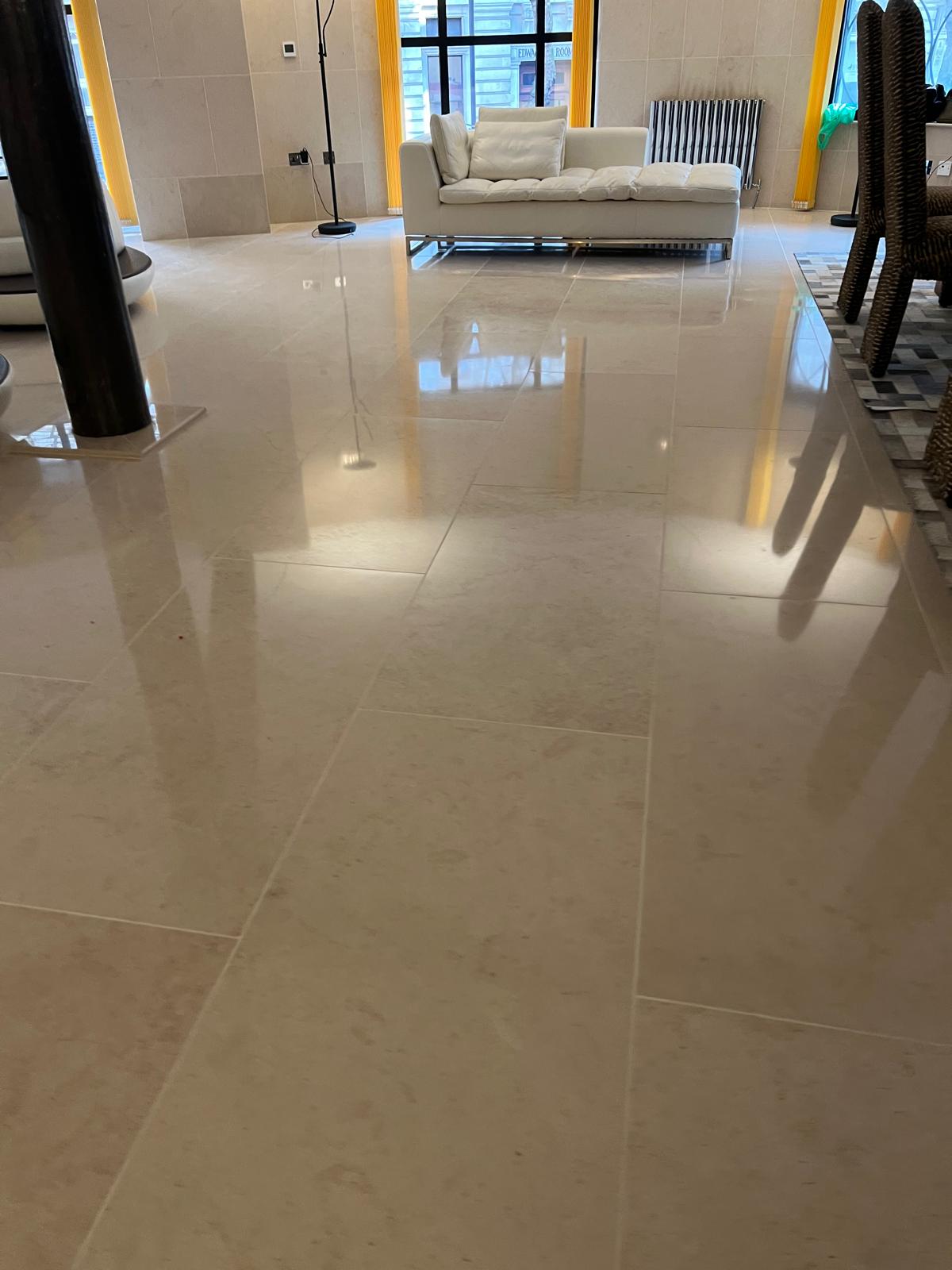
This does not go as deep as grinding and would get rid of more superficial scratches and some marks. Typically we would apply this process to walls which have a lower use than floors or for floors with a lower degree of wear and tear
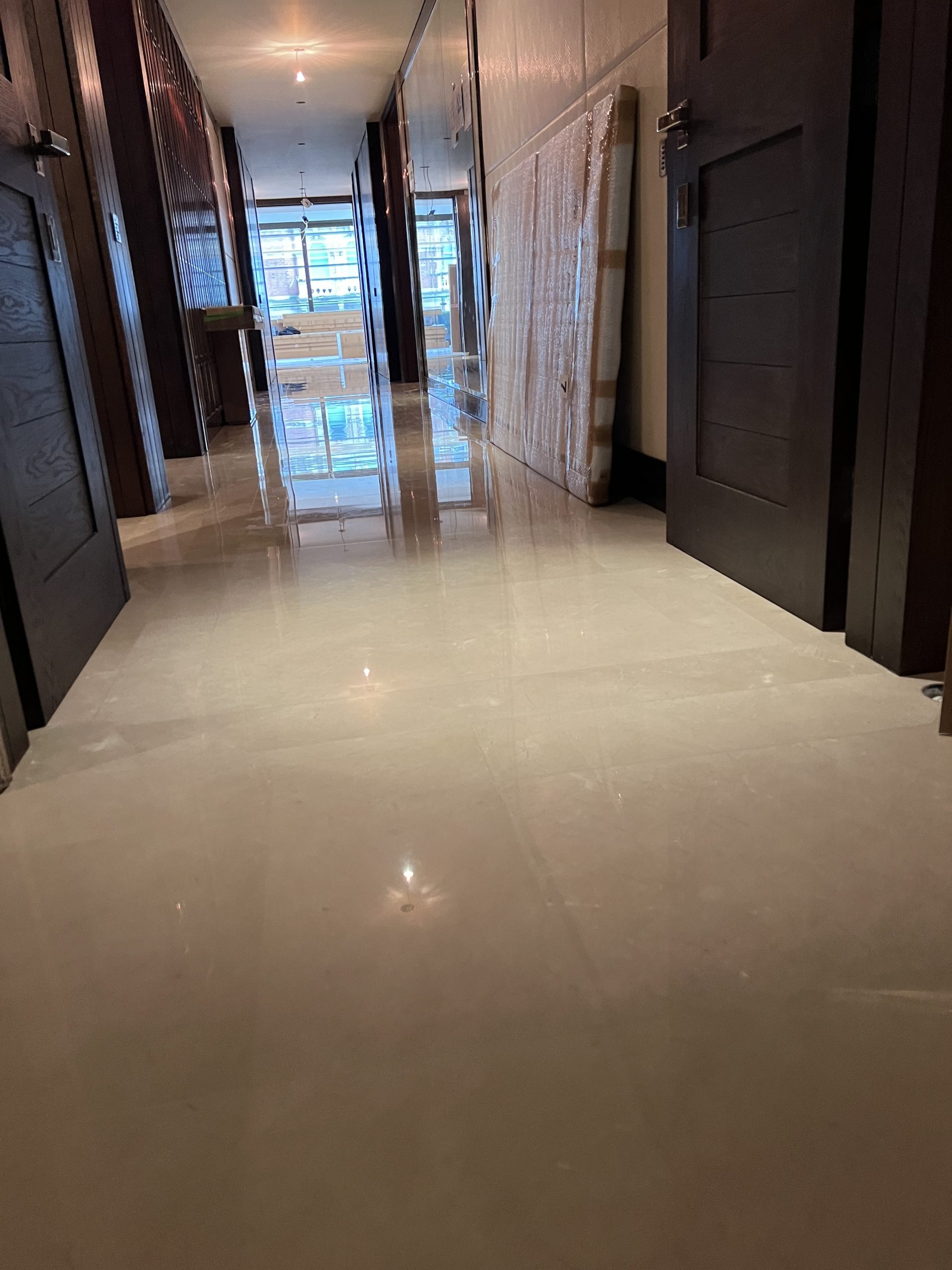
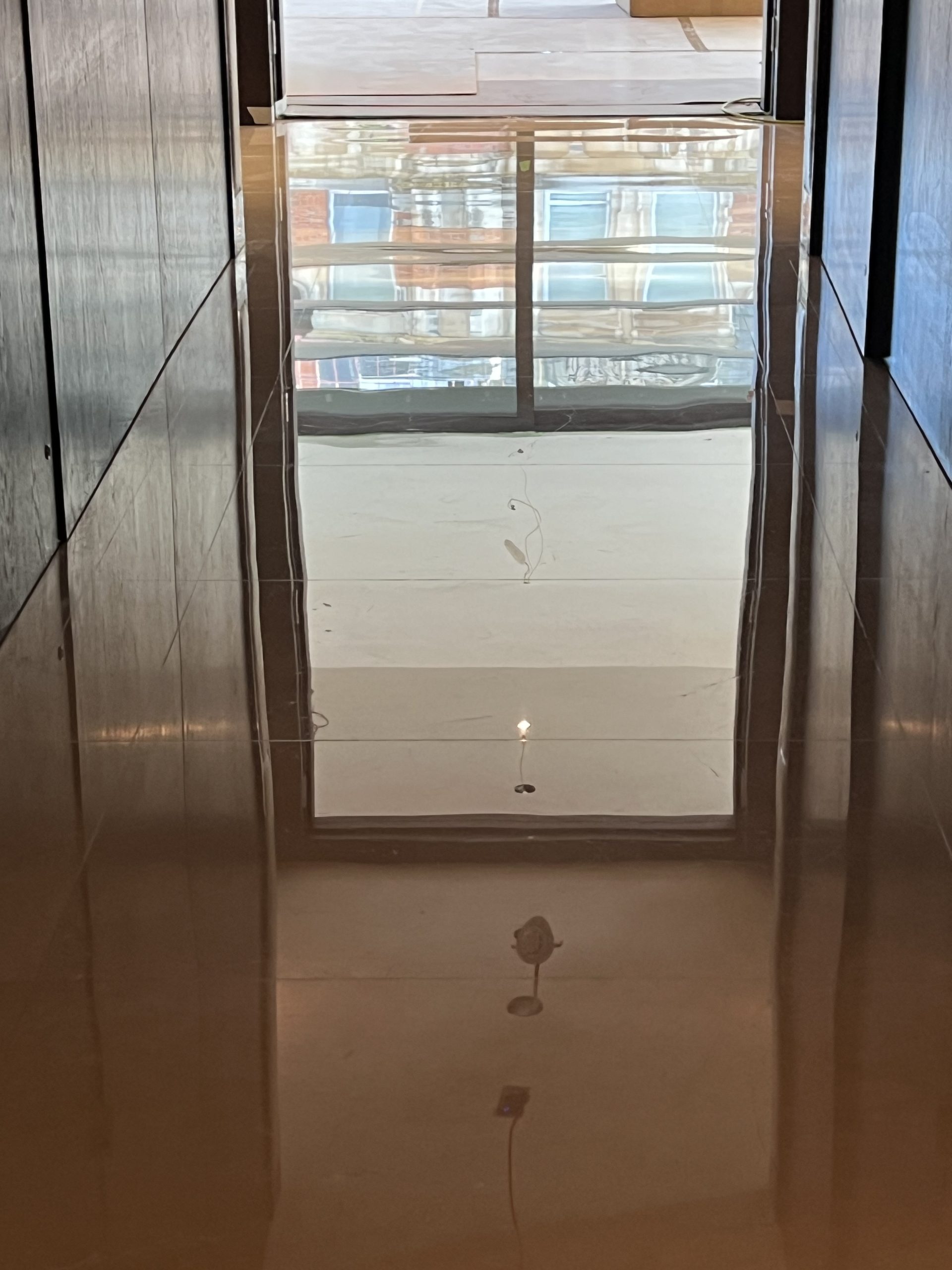
Deepclean, Using the correct industry solutions this process is a much more effective and thorough clean than a household cleaner. It may have a low impact on marks and would not deal with scratches.
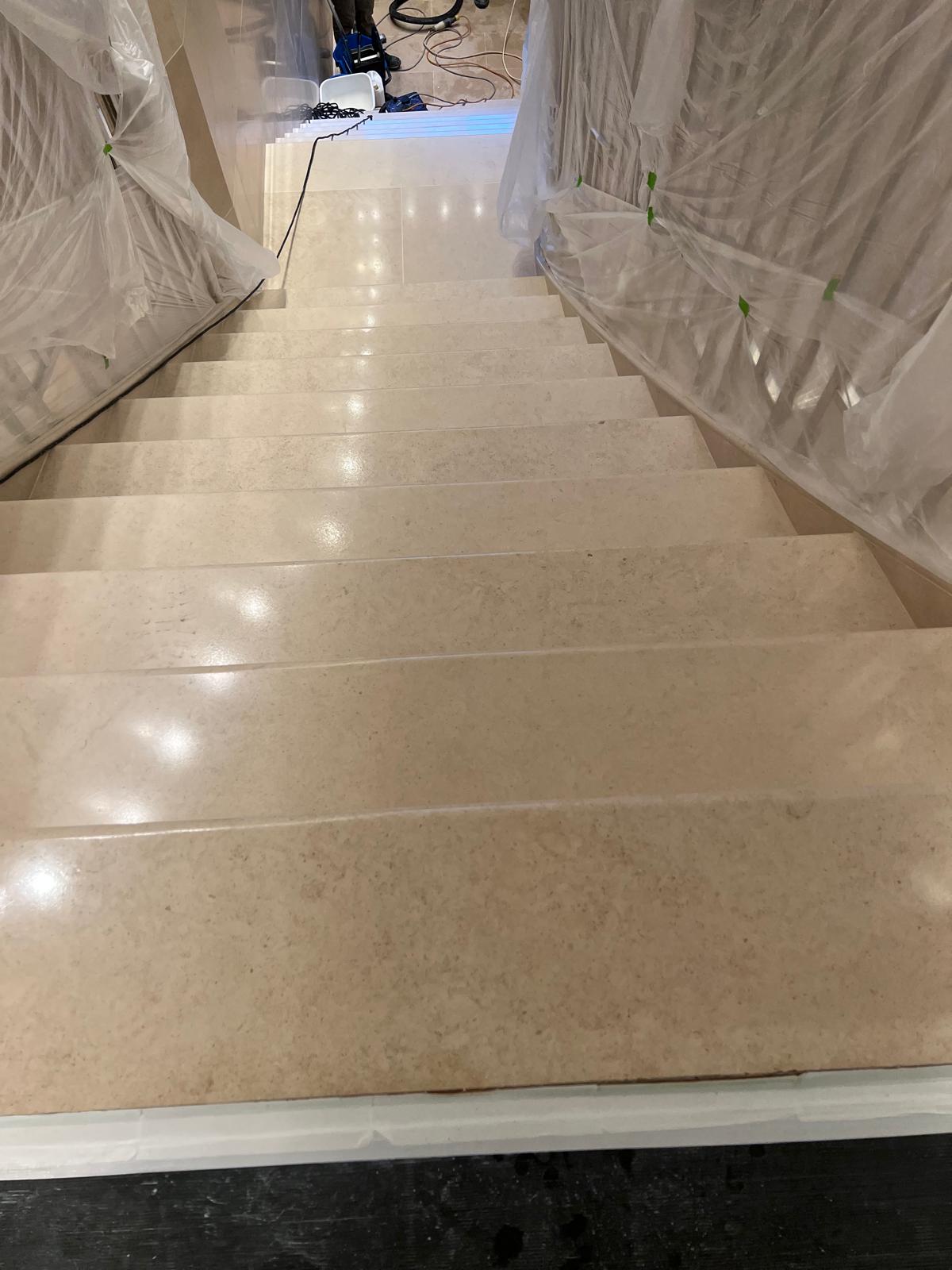

In addition to polishing and restoration, we offer a specialist service to change the finish of your stone surfaces. Whether you’d like to transform a high-gloss polished surface into a softer, matt honed finish, or give a honed surface a bright, reflective polish, our skilled team can achieve the look you desire. This process can also be applied to other finishes, such as leathered or brushed, to suit your design vision.


Our team specialises in removing stains from natural stone, whether caused by food, drink, oils, or other substances. Using professional-grade cleaning agents and methods tailored to each stone type, we can restore the original beauty of your surface while protecting it from future staining.
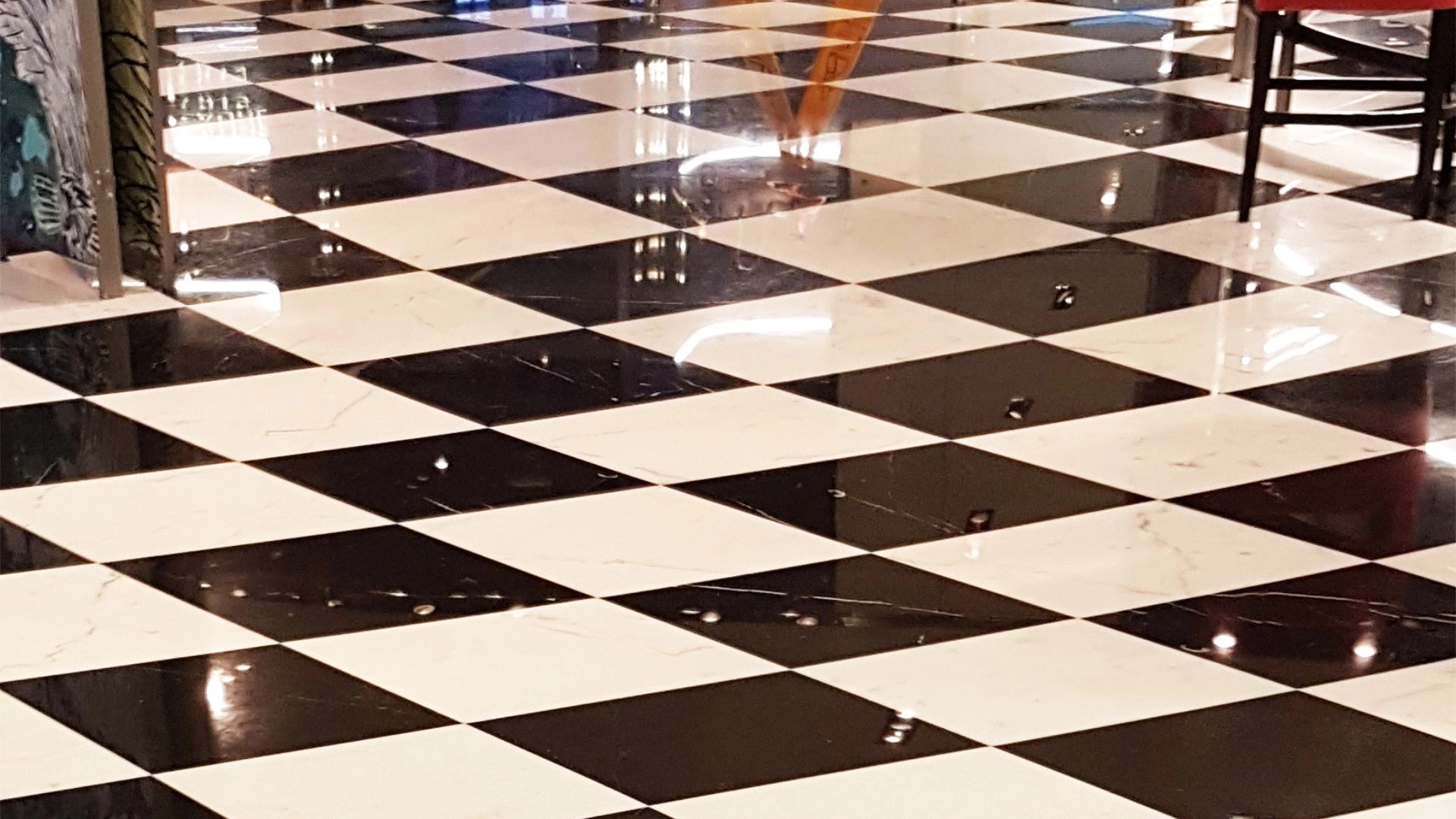
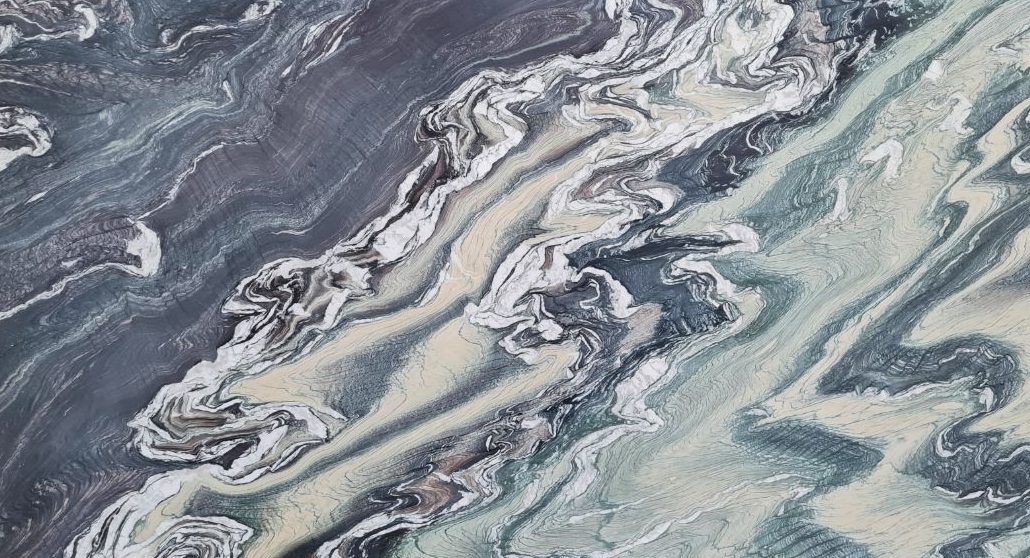
Professional impregnating sealers protect natural stone from staining and make day-to-day cleaning easier—without altering the colour or sheen. We specify the right sealer for the stone and setting (kitchens, bathrooms, floors, exterior) and apply it to manufacturer standards.
Suitable for: marble, limestone, travertine, granite, quartzite, terrazzo.
Typical re-seal interval: 12–36 months depending on use.
